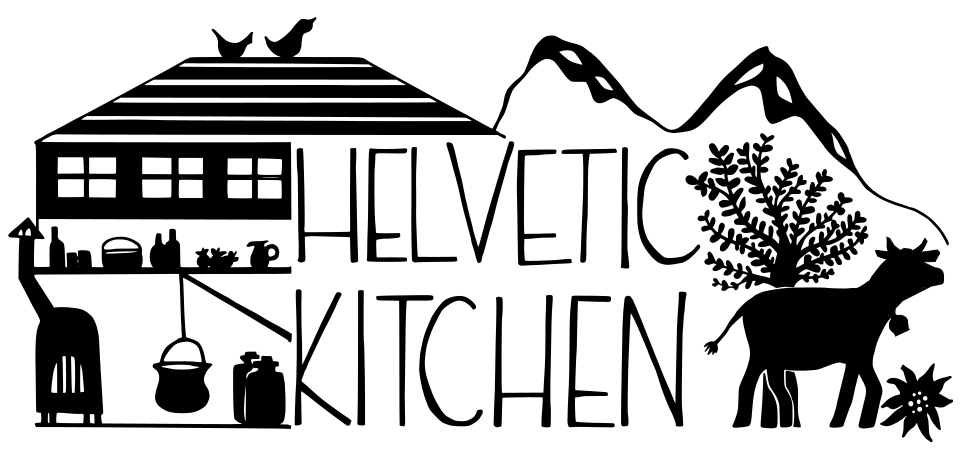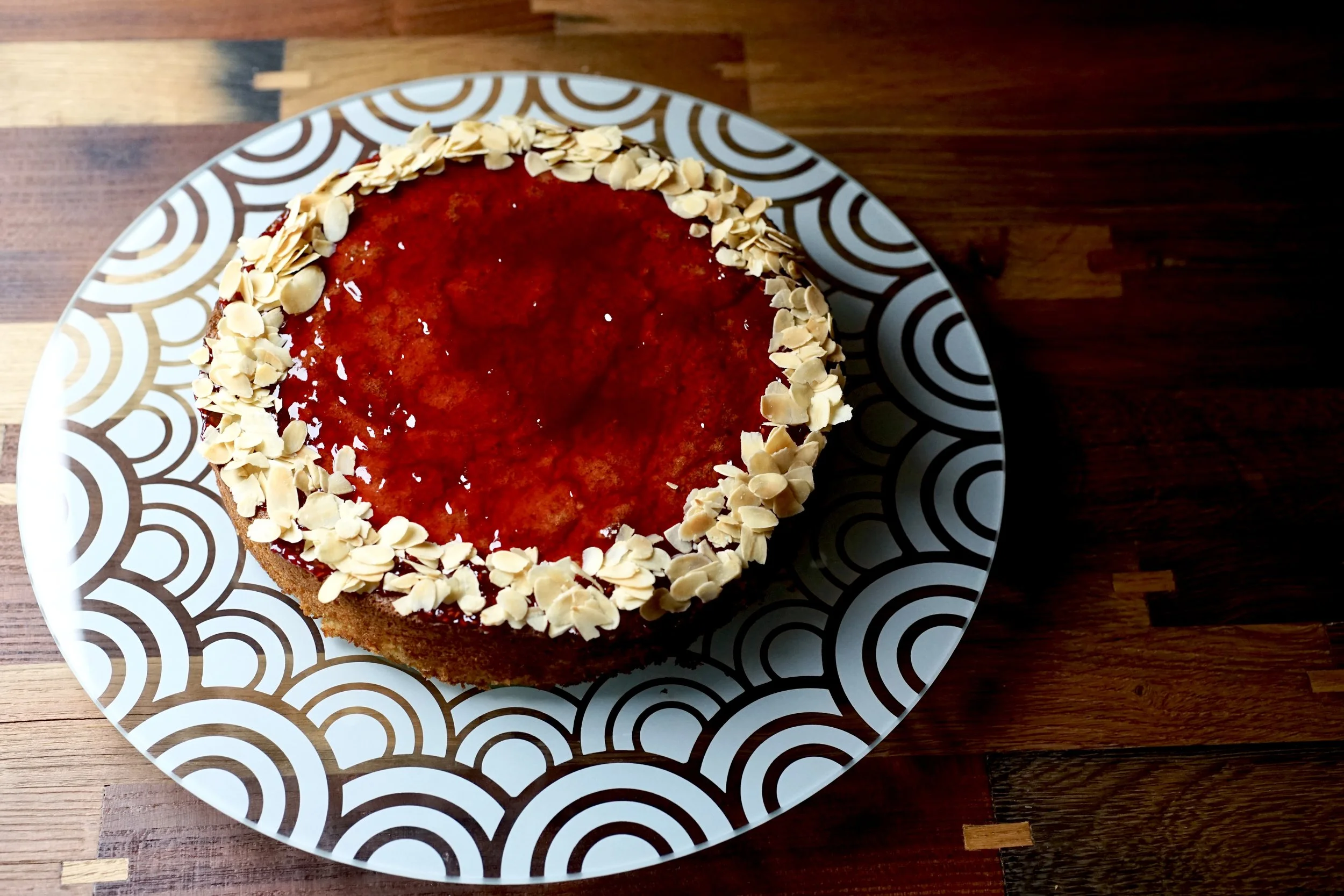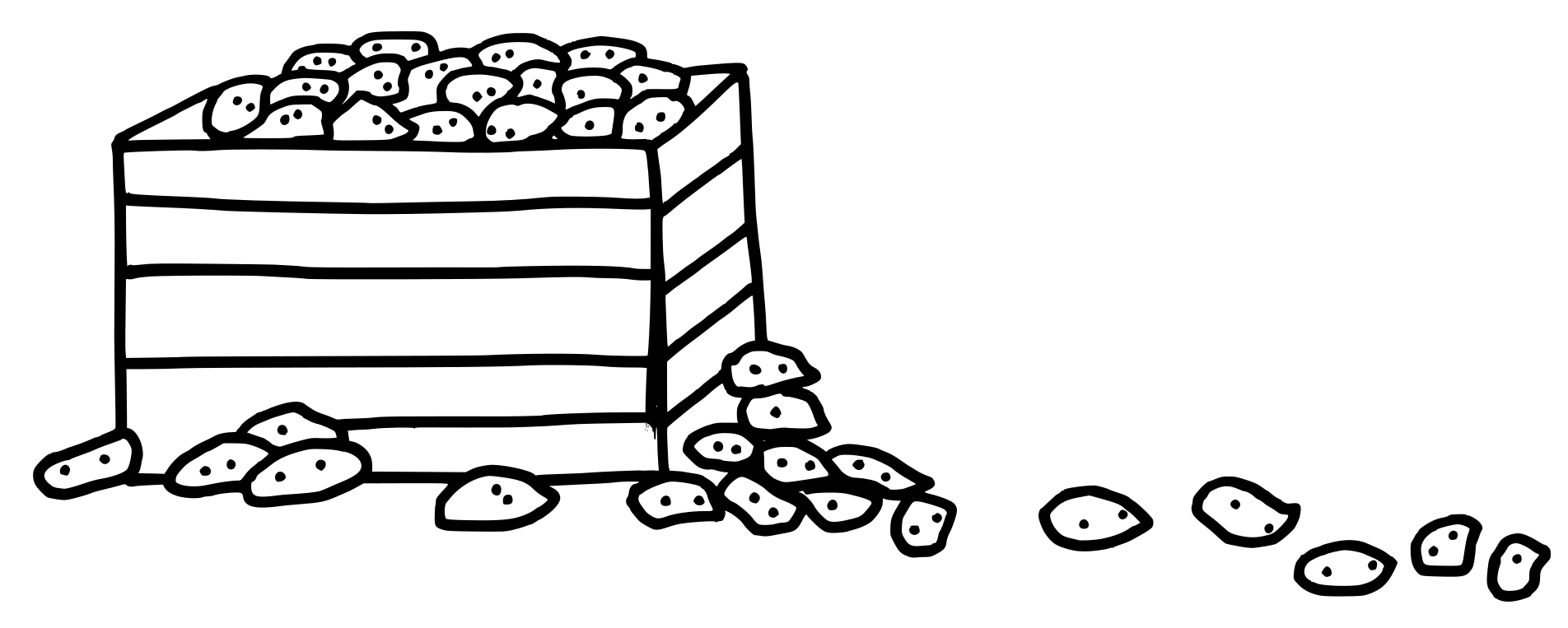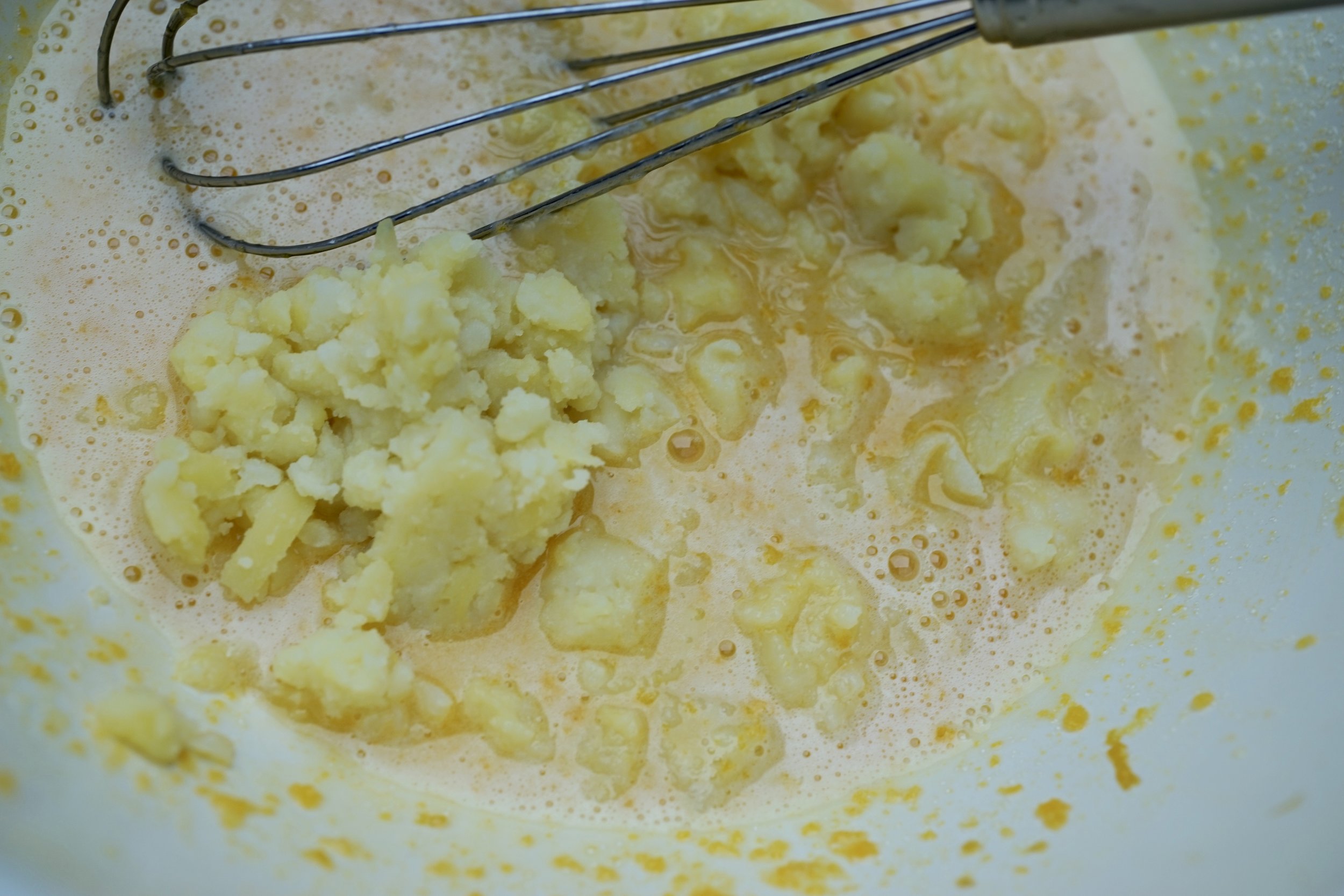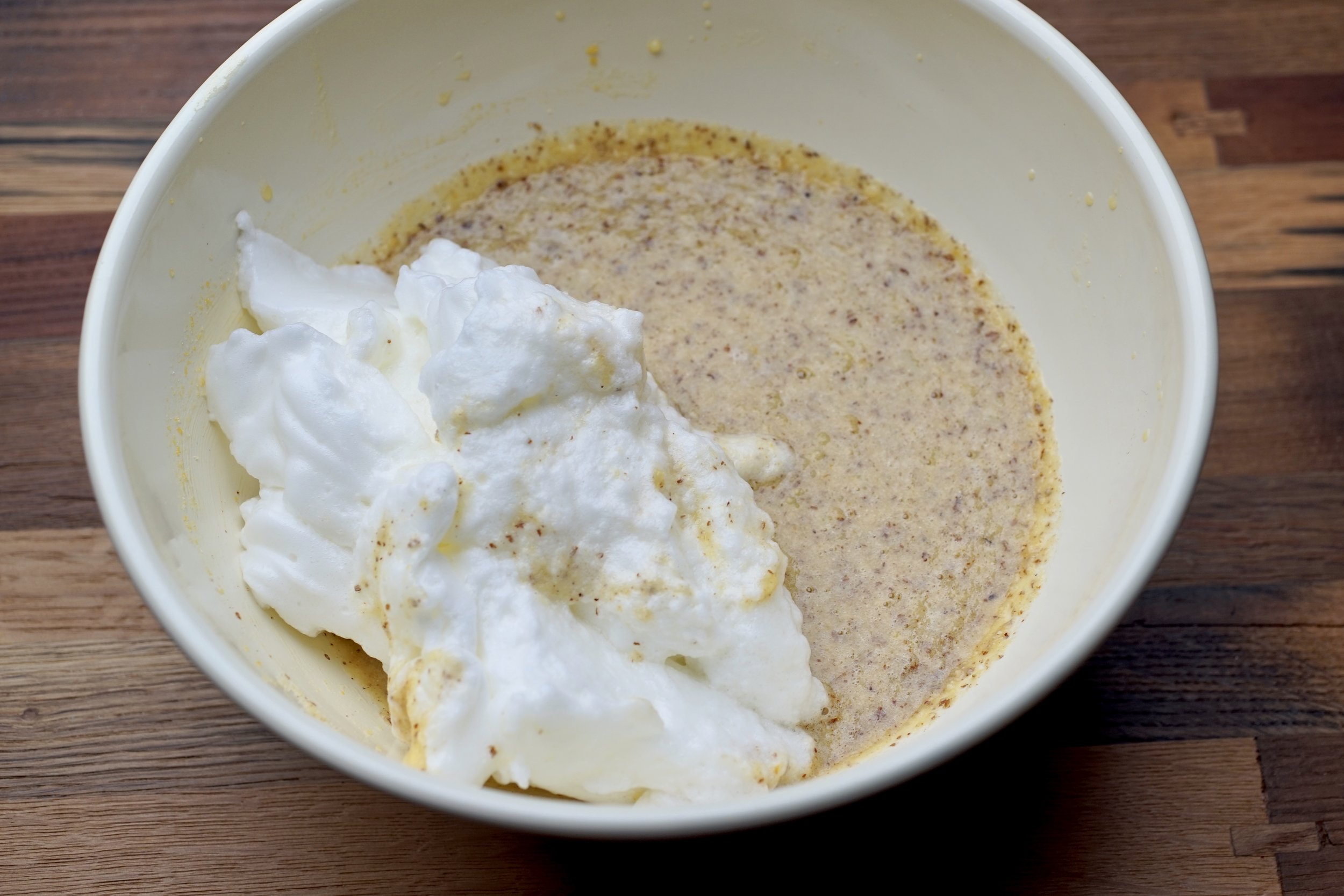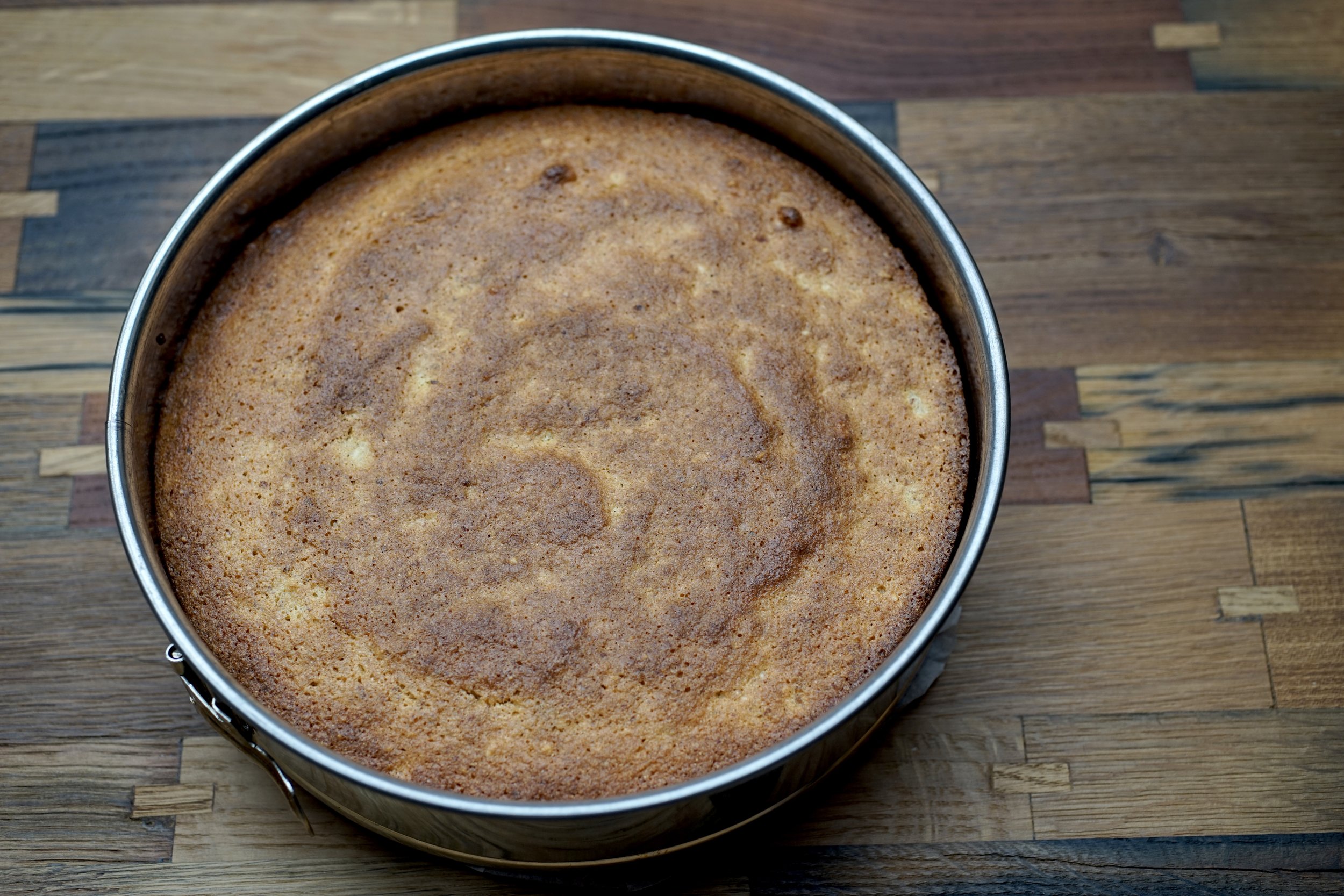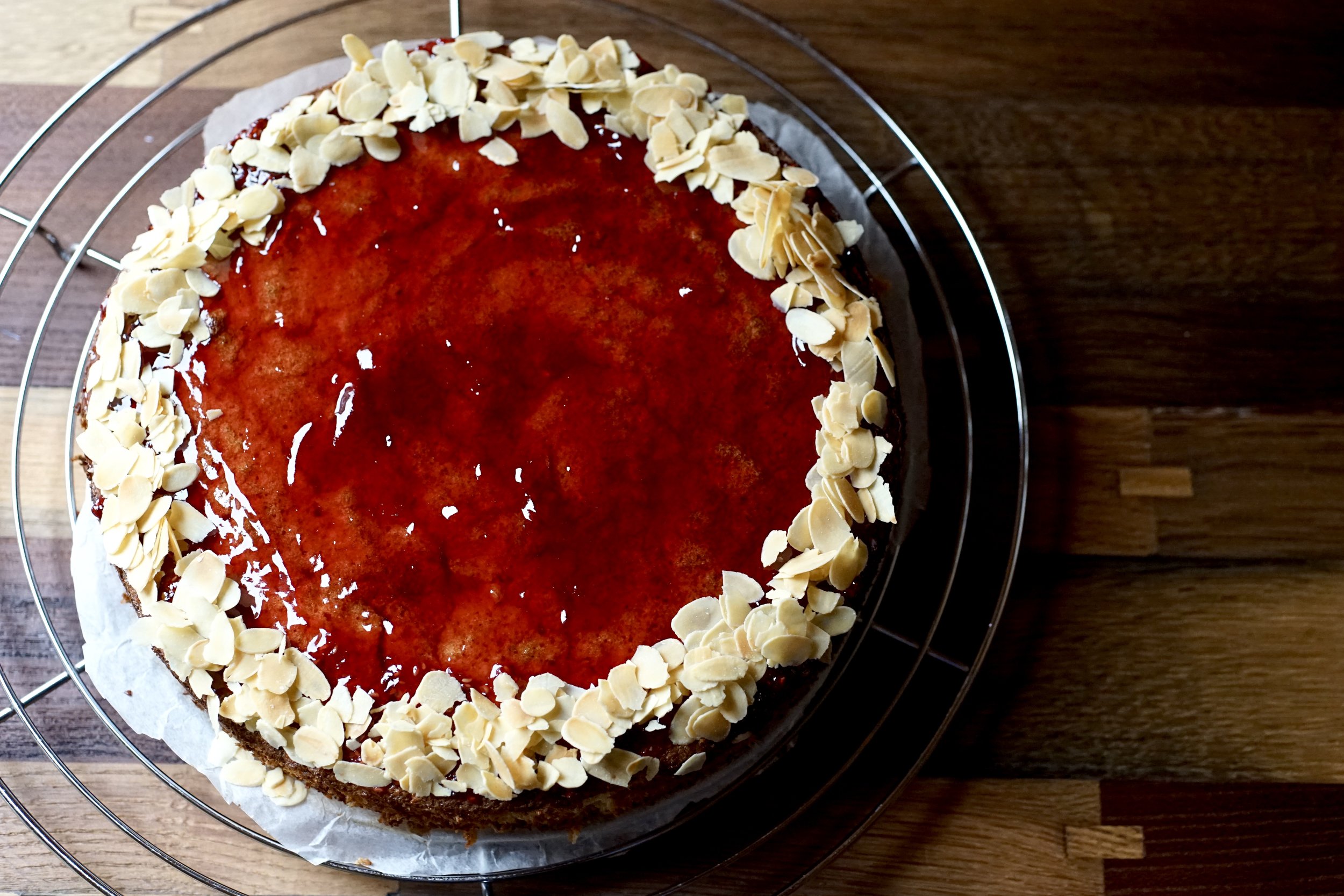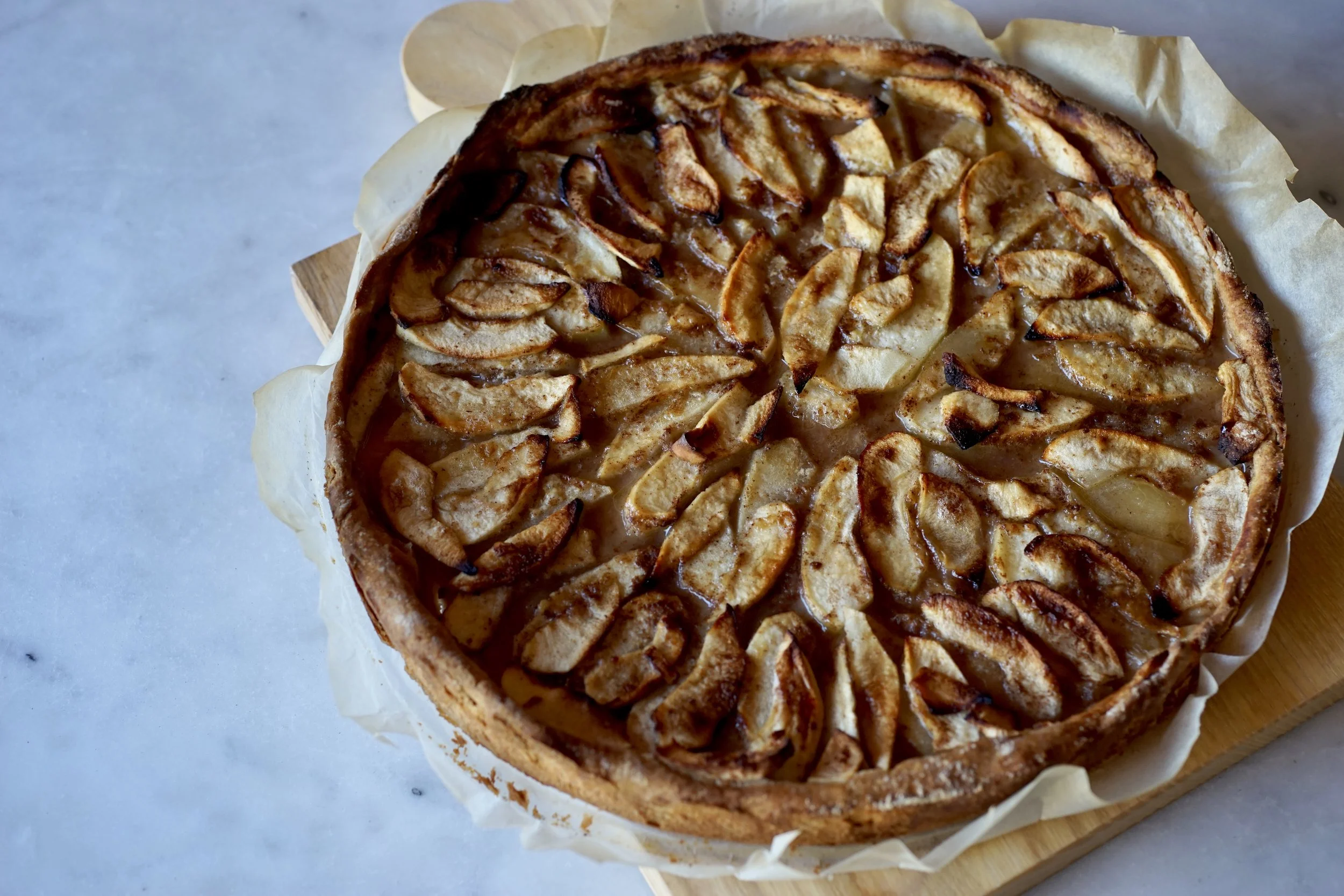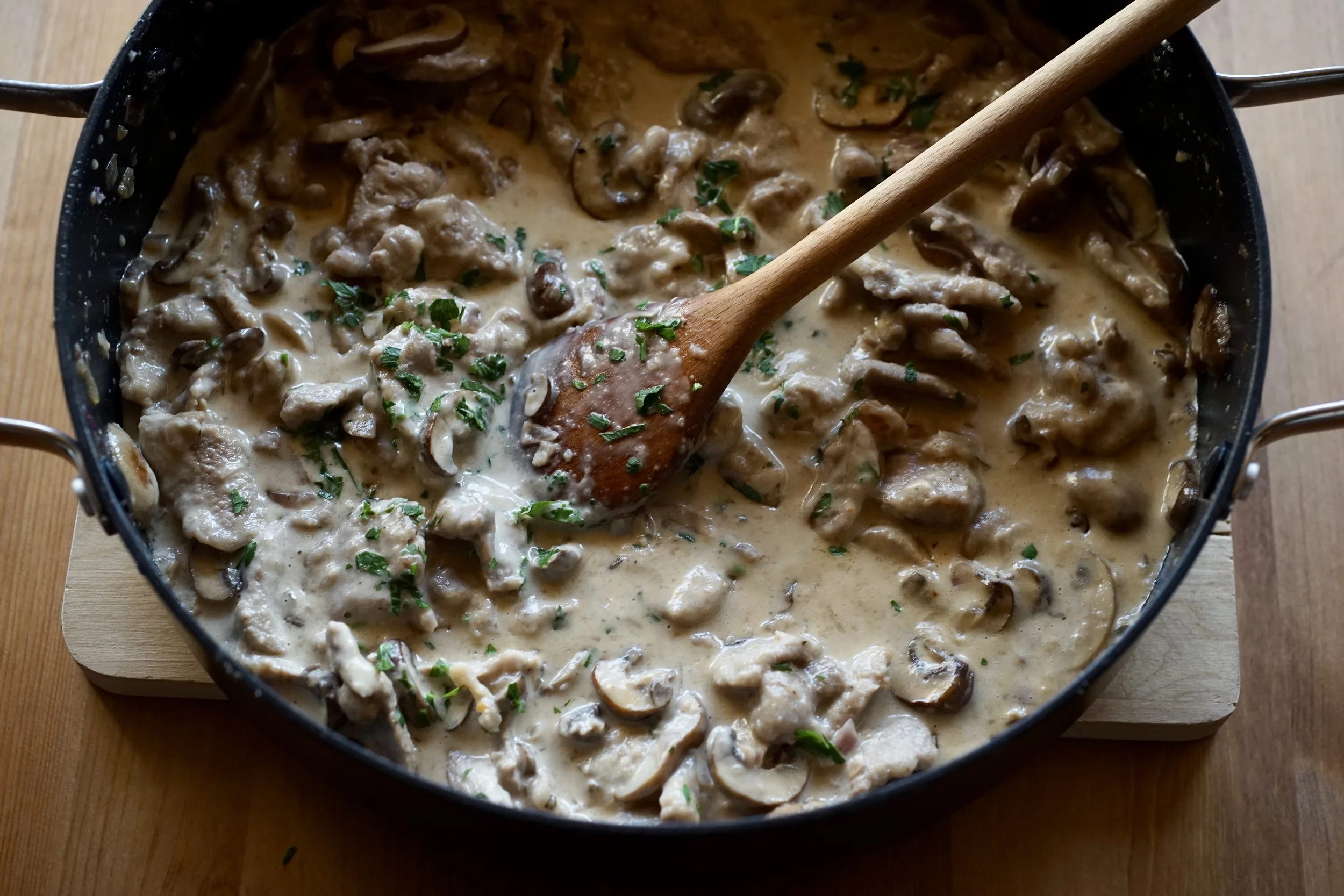Härdöpfutuurte
The season of melted cheese is upon us.
Cheese fondue and raclette go particularly well with this crisp fall weather and if you are like me, you will grossly overestimate the ration of bread and potatoes to gooey cheese and have many starchy leftovers.
Bread lends itself to many delicious dishes like Vogelheu or Cheese Soup, while potato windfalls facilitate Rösti or Maluns.
And just a couple of leftover potatoes give you the perfect excuse to make this delicious potato cake.
Most Germans call it Kartoffel, but Härdöpfu (with many variations on spelling and pronnunciation) is one of the more common Swiss German words for potato. It comes from Erdapfel, apple of the earth, similar to the French, Pomme de Terre.
Potatoes are originally from South America and were brought to Europe in the 1500s. According to Wikipedia, they weren’t initially used in the Switzerland as food, but grown for their flowers instead. Their growing conditions at high altitudes mimicked those in their traditional home of Peru.
Today, potatoes are grown all over Switzerland, including across the street from us in the Emmental. We watched the Härdöpfu harvest earlier in the summer and I made a short video.
Spuds are versatile, and go with everything, which is proven by this tender and surprisingly light cake.
Two very different Grand Dames of Swiss cuisine, Marianne Kaltenbach and Kathrin Rüegg, both have Kartoffel cakes in their cookbooks—Kaltenbach’s appearing in her overview of Swiss cuisine, Aus Schweizer Küchen, and Ruegg’s recipe one of the dozens of things you can do with potatoes, sweet and savoury, in Kartoffelküche—this recipe is based on those.
200 g ground almonds
50 g semolina or finely ground cornmeal
1 tsp baking powder
pinch of salt
4 eggs, separated
200 g sugar
50 ml milk
the juice and zest of one lemon
a shot of kirsch
200 g boiled potatoes, peeled and grated
To garnish:
raspberry jam
flaked almonds, lightly toasted
Preheat oven to 180 C / 350 F / gas mark 4.
Grease a 26 cm (10 inch) springform pan.
In a medium bowl, whisk together the nuts, semolina or cornmeal, baking powder and salt.
In a large bowl, whisk together the egg yolks, sugar, milk, lemon and kirsch. Add the potatoes, breaking them up with a whisk.
Whisk in the dry ingredients.
Using a large bowl and an electric mixer, whip the egg whites until they are stiff and glossy. Fold these gently into the batter.
Spread into your prepared pan, then bake for about 40-45 minutes or until the top is nicely browned and the cake has started to pull away from the sides.
Let cool.
To garnish, warm the jam (you can strain if you like), then spread on top of the cake. Sprinkle the edges with the flaked almonds.
I used ground almonds inside because I used flaked almonds on top. You could also use other types of nuts, and garnish with the same (hazelnuts would probably suit it very well).
Gschwellti (small boiled potatoes) are perfect for this dish and easy to grate after a night in the fridge.
Use cornmeal instead of semolina and this cake is gluten-free.
I used raspberry jam, but any kind would suit. Perhaps apricot? I strained the jam first, using the strained part for the shiny centre and the seedy leftovers around the edges, which was then covered in almonds.
Marianne Kaltenbach says you can cut the cake in half and fill it with jam too.
More cake?
Rüeblitorte

